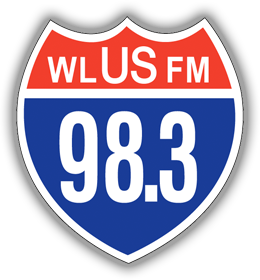Classes and categories of water damage
Understanding the different classes and categories of water damage helps in addressing the issue in a timely and efficient manner. Force 1 Restoration explains the classes and categories of water damage and how to identify them.

Classes of water damage
Class of water indicates the amount of water and the anticipated rate of evaporation based upon the number and type of wet materials in the space impacted by water damage. The four classes of water are:
Class 1:
The least severe and easiest to deal with, Class 1 water damage affects only a part of a room or area. It may also include larger areas with materials with low permeability such as plywood. The distinct features are the least amount of water, absorption, and evaporation.
Class 2:
A class 2 water damage impacts at least an entire room of carpet and cushion. Water has wicked up the walls less than 24 inches. Structural materials like plywood, particleboard, structural wood, VCT, and concrete have absorbed a lot of moisture and pose potential safety threats.
Class 3:
In a class 3 water damage situation, the ceilings, walls, carpet, insulation, and subfloor are moisture-laden in the entire area. The moisture may come from overhead and may wick up the wall over 24 inches.
Class 4:
Class 4 water damage indicates that water has permeated into materials with very low permeance porosity such as hardwood, plaster, brick, concrete, lightweight concrete, and stone. These materials, however, have deep pockets of saturation, making drying a very tricky and time-consuming process. Moreover, the drying will require specialized equipment and methods.
Categories of water damage
Categories of water damage are defined by the type of water that has caused the damage. The source of the water decides the sanitary levels and therefore the category of water damage.
Category 1: Clean Water
This category of water damage has been caused by water that came from a sanitary source such as broken water supply lines, a toilet tank, a faucet, or a failed water heater. This category is the cleanest water but can escalate into Category 2 or 3 if left unaddressed for an extended period of time or if it comes into contact with any kind of contaminant. A general rule of thumb for any sort of water damage is to address it at the earliest to avoid further losses.
Category 2: Gray Water
Category 1 water left unattended for too long moves into category 2. This water has been contaminated in some way and could cause discomfort or illness if ingested. This category of water may also originate from washing machine overflow, a toilet overflow, or a dishwasher overflow. This gray water has unsafe levels of microorganisms and/or a hospitable environment for the growth of microorganisms. Unaddressed, this category can become category 3.
Category 3: Black Water
This category of water damage is caused by extremely unsanitary water. Blackwater contains human and/or animal waste, sewer backup, flooding from rivers or streams, wind-driven rain, water from beyond the toilet trap, and stagnant water with microbial growth. Potentially teeming with disease-causing viruses, black water can cause serious health effects upon ingestion. This water seeps into the cellulose in the walls and floors and supports the growth of pathogens and fungus.
Why Force 1 Restoration Services?
The professionals at Force 1 Restoration Services can quickly arrive at the damaged residence with the personnel, equipment, and training to begin the water removal, drying, and restoration process. The team of professionals can handle the claims process and total restoration project from beginning to end for its clients.
- Convenient Hours
- Quality Service
- Competitive Pricing
- Superior Technology
- Full Line of Services
- Trained Technicians

For more information about water damage restoration in Vernon, CT contact Force 1 Restoration Services at (860) 289-0417.

























